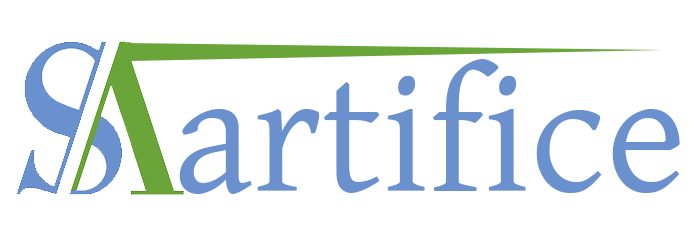Core Components of Full Stack Development
Front-End Development (Client-Side)
- Purpose: Creates the visual and interactive aspects of a website or app.
- Technologies:
- HTML: Structure and layout of web pages.
- CSS: Styling and design of elements.
- JavaScript: Interactivity and dynamic content.
- Frameworks/Libraries: React, Angular, Vue.js, Svelte.
- Tools: Webpack, Babel, Figma for design collaboration.
Back-End Development (Server-Side)
- Purpose: Handles business logic, server operations, and database interactions.
- Technologies:
- Programming Languages: Node.js, Python, Ruby, PHP, Java, C#.
- Frameworks: Express.js, Django, Ruby on Rails, Laravel, Spring.
- Database Management: SQL databases (MySQL, PostgreSQL) or NoSQL databases (MongoDB, Firebase).
- API Design: RESTful APIs or GraphQL for communication between front-end and back-end.
Database Management
- Purpose: Stores, retrieves, and manages application data.
- Technologies: SQL (MySQL, PostgreSQL) and NoSQL (MongoDB, CouchDB).
- Cloud Databases: AWS RDS, Google Cloud Firestore.
DevOps and Deployment
- Purpose: Ensures smooth deployment, scaling, and maintenance of the application.
- Tools:
- CI/CD pipelines (Jenkins, GitHub Actions).
- Cloud platforms (AWS, Azure, Google Cloud).
- Containerization and orchestration (Docker, Kubernetes).
Skills Required for Full Stack Development
Programming Fundamentals
- Knowledge of algorithms, data structures, and OOP principles.
Proficiency in Front-End and Back-End
- Mastery of at least one front-end framework and one back-end language.
Version Control
- Use tools like Git and platforms like GitHub or GitLab for code collaboration.
APIs and Third-Party Integrations
- Ability to create and consume APIs.
- Familiarity with JSON, XML, and OAuth for integration.
Responsive Design
- Expertise in building mobile-friendly designs using frameworks like Bootstrap or Material UI.
Soft Skills
- Problem-solving, communication, and adaptability for team collaboration.
Popular Full Stack Development Stacks
MERN Stack
- Technologies: MongoDB, Express.js, React, Node.js.
- Use Case: Single-page applications and dynamic websites.
MEAN Stack
- Technologies: MongoDB, Express.js, Angular, Node.js.
- Use Case: Enterprise-grade applications.
LAMP Stack
- Technologies: Linux, Apache, MySQL, PHP.
- Use Case: Classic web development.
Django + React
- Technologies: Django (Python) for the back-end and React for the front-end.
- Use Case: Scalable web applications.
Spring Boot + Angular
- Technologies: Spring Boot (Java) and Angular.
- Use Case: Secure and enterprise-grade applications.
Benefits of Full Stack Development
- Versatility: Developers can handle both client-side and server-side tasks.
- Cost Efficiency: Reduces the need for separate front-end and back-end developers.
- Streamlined Workflow: A single developer or small team can oversee the entire project.
- Improved Communication: Easier coordination between front-end and back-end development.



